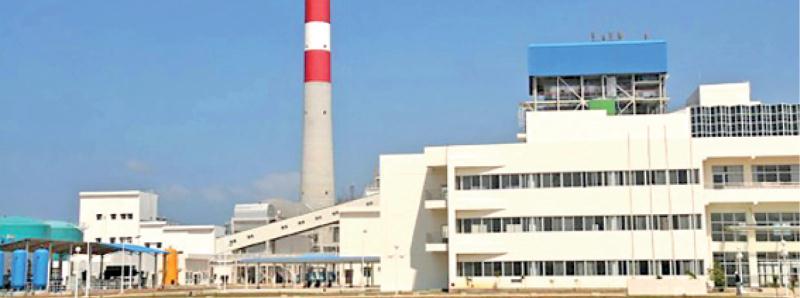NEWSNOW |COLOMBO – ????? ????? ???????? ??????? ???????? ?????? ?????? ??????? ???? ?? ?? ????? ?????? ???? ??? ??? ??? ??? ?? ????????, ??????? ?? ???????? ??????? ??????????? ???? ??????.
??? ?????? ???????? ??????? ??????? ???? ??????? ??? ?? ?? ??? ??????? ????????? ?????????? ??????? ????????? ??? ?????????? ????? ???.
????? ?????? ????????? ?????????? ??? ????? ????? ?????? ?? ?? ?????????? ??????? ??????????? ?????.
??? ?????? ???????? ??????? ??????? ???? ????? ???, ?? ?? ??? ????? ?????? 48% ?? ????? ??? ???? ??? ????.
??? ??????? ?????, ????? ?????? ?????? ????????? ?? ????? ? ??? ??????? ??? ?.
??????? ??????? ???? ????? ???, ?? ??????? ??? ???? ????? ?????? ????? ??????? ?????????? ???????????? ?????? ????? ??? ????.
????? ??????? ???????? ??????? ?????, ??????? ?????????????? ????? ???????? ????????? ??? ????? ????? ?? ? ???????? ?? ?????????? ??????? ???????????? ?????? ???????? ??????? ??????? ???? ??????? ??? ?.
?? ??? ???????????? ?? ??????? ???? ??????? ?????????? ??? ??? ??????? ???????? ???????? ???? ??? ????? ???????.
???????? ???? ???????????? ? ??????????? ????? ?????????? ?????? ???? ???? ?? ??????.
















 NIRANJALA ARIYAWANSHA
NIRANJALA ARIYAWANSHA










